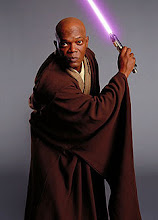In My brief it stated that my light had to be smaller the 200x300 mm, automatically turn on at night and off throughout the day and it had to be robust enough to endure wind rain and salt water as it would be used by my client (Dr Tony House) in the Coromandel. Also the light must not exceed the budget of $30.
My light sits on the ground, so it can be hidden under the poacita grass and light it up at night. It fits the size constraint as it's dimensions are 200x200 mm and 75 mm deep.
I built in a LDR into the circuit (light dependant resistor) which can sense sunlight so the battery charges up through the day with the solar panel and then during the night the light turns on and releases the energy stored in the battery.
My light consists of mainly aluminium and a little bit of arcylic plastic. The aluminium is the top and bottom plates and the rivets. I used arcylic plastic through the middle for the light of my LED's to shine out from. Neither materials aluminium or arcylic plastic are corrosive. My light also sits quiet flat to the ground an is sealed so wind and sand will not be a problem and seeing as it will not corrode, this light will be perfect for my client, Dr Tony House.
I regret to admit that I exceeded the $30 budget. I used 2 or 3 dollars worth of rivets and a 3 dollar circuit and a mere 2 dollars for a small peice of plastic which I put in between my top plate and solar panell to prevent corrosion. But I used 3 squares of aluminium in the CAM2 machine. One of these was a accident. I also made two mistakes when using the vacum form material which cost probl a exrta 40 dollars, as Im told. So I did not achieve the budget specification.
But in the end, the majority of the specifications and constraints were kept to and I tried my best to fulfill them and I am now happy with the result
Friday, November 14, 2008
Subscribe to:
Post Comments (Atom)

No comments:
Post a Comment